TIMES JUNIORS HAVE SPARKED INDIAN HOCKEY REVIVALS
TIMES JUNIORS HAVE SPARKED INDIAN HOCKEY REVIVALS
Share
By ERROL DCRUZ
Through the seemingly unending gloom following the debacle of the 1976 Montreal Olympics, Indian hockey picked itself up now and then. Often, those sparks were provided by the junior string which needed to be defined and developed ever since the Junior World Cup for under-21 players was instituted. Now set for its 12th edition in Bhubaneswar from November 24 to December 5, the Junior World Cup came into being when Indian hockey was at its despairing low.
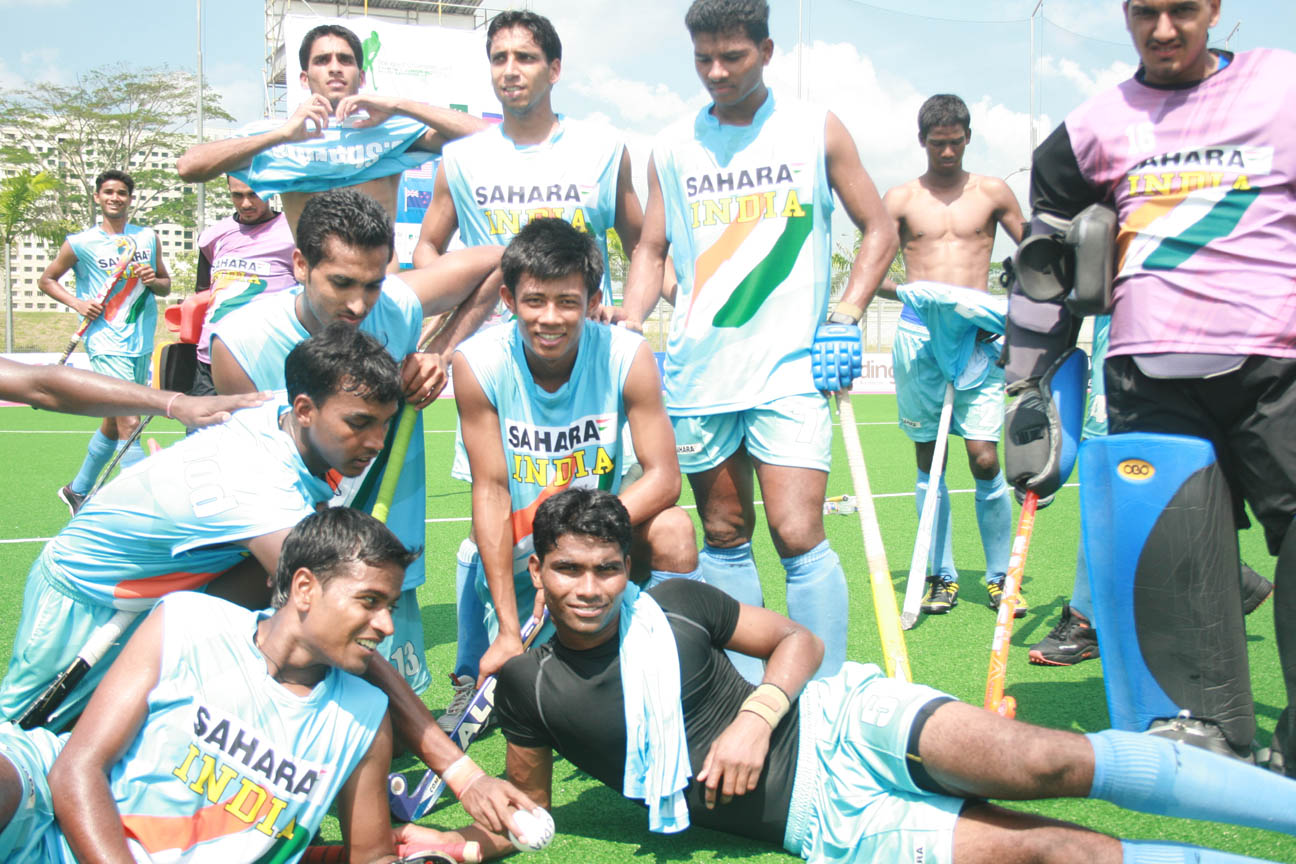
Some members of the 2009 Singapore-Johar Bahru Jr World Cup Indian team
Seventh place at Montreal, the ignominy of missing the semi-finals while defending the World Cup title at Buenos Aires 1978 and severe mauling at various international tournaments left the sport in the country gasping for breath and struggling for credibility.
Resuscitation, though, was at hand and it came at Versailles, France, where the first Junior World Cup was staged way back in 1979. Even though the team seemed to follow in the shaky footsteps of the senior side in failing to qualify for the semi-finals, India were able to bring together a group of players who would provide a ray of hope for a country that once ruled the roost in the sport.
Mohd Shahid, Mervyn Fernandis, Surinder Singh Sodhi – the triumvirate of forwards that was soon to be feared – emerged from the junior ranks to provide the spark in the 1980 Moscow Olympic gold medal winning team.
Cynics may dismiss the triumph in light of the denuded competition at the boycott-ridden Games, but there was no denying the promise shown by a team boosted by players from the Versailles campaign. The senior team began to impress, thanks to blossoming former junior stars in the ranks and were a favourite at the 1982 World Cup in Mumbai.
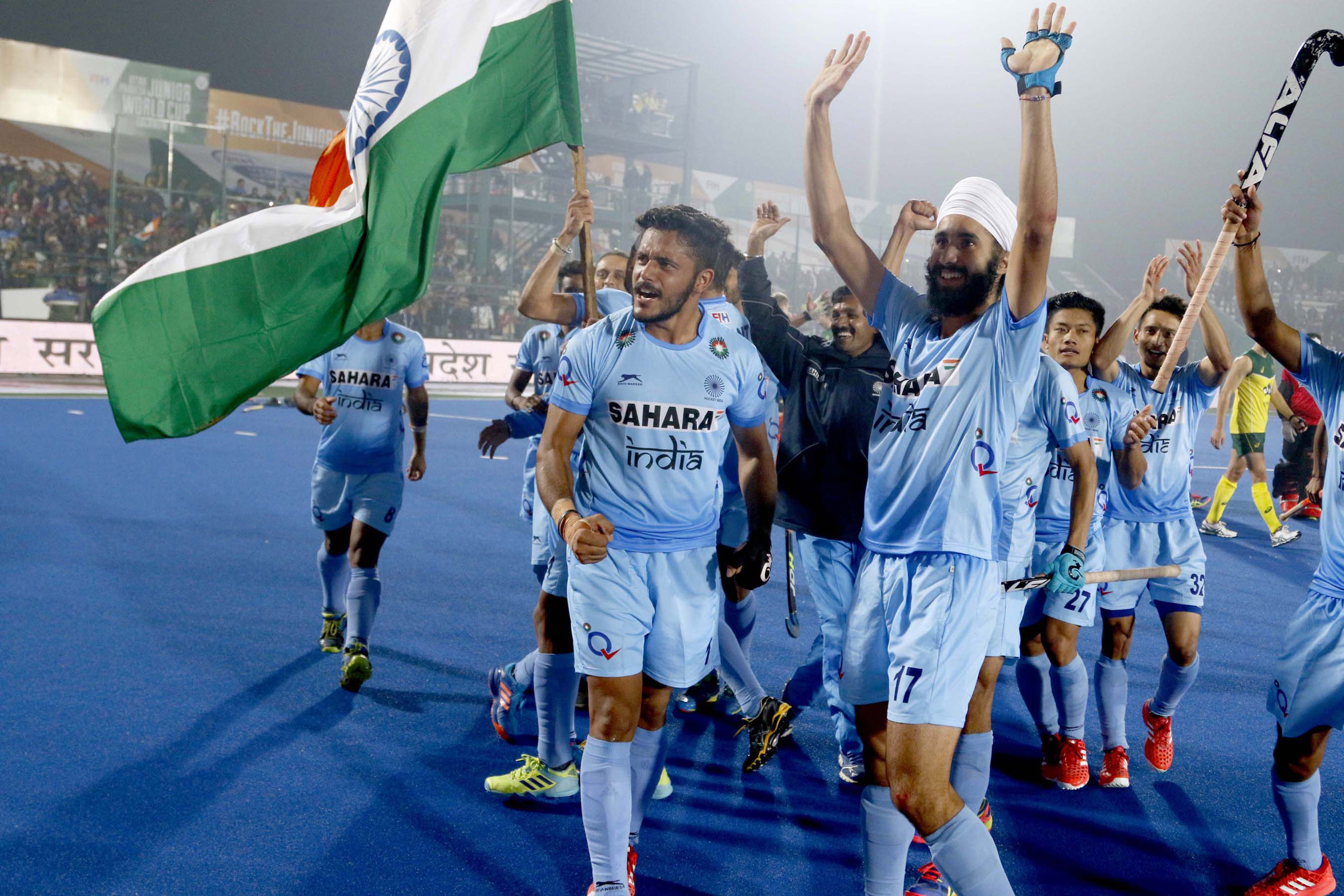
India are the defending champions of BBSR Jr World Cup
India, however, agonizingly missed the last-four, a familiar tale after Montreal and Buenos Aires. In the Asian Games final later in the year, a humiliating 1-7 defeat to bitter rivals Pakistan in the New Delhi.
The team however kept coming back, avenging the defeat with a 2-1 win over Pakistan just 10 days later at the Esanda International tournament in Melbourne and went from strength in the build-up to the 1984 Los Angeles Olympics.
In keeping with the trend, India failed to seal a spot in the semifinals by a whisker, drawing with Germany 0-0 when a victory of any margin would have done the trick. The junior string, in the meantime, seemed to be stuck at fifth position. At Kuala Lumpur 1982 and Vancouver 1985, the Indian colts finished best among those missing the semi-finals.
Hopes to buck the trend were dashed by failure to qualify for the next two U-21 summit events. A world championship event without India was a first and occurred well before the much-lamented failure to qualify for the 2008 Beijing Olympics.
Meanwhile, Indian hockey struck rock bottom by finishing with the wooden spoon at the 1986 World Cup in London. The junior side’s failure to qualify for the Ipoh 1989 and Barcelona 1993 World Cups exacerbated the plight of Indian hockey.
But things were about to change. The Indian juniors made a huge impact at Milton Keynes (England) 1997 where, after a shaky start, they reached the final but lost to Australia 2-3. It was the maiden entry into the semi-finals and the first-ever podium finish by India in the Junior World Cup and, perhaps, a prelude of things to come.
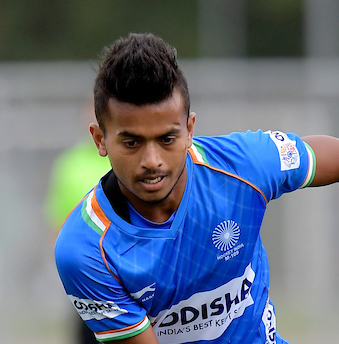
Much will depend on Vivek Sagar’s role in Indian winning the BBSR Jr World Cup
Many of the players – Dilip Tirkey, Baljit Singh Saini and Lazurus Barla – graduated to the senior squad. The next year, India won the Asian Games gold medal in Bangkok 1998 – only the country’s second title and the first in 32 years.
It gave credence to the challenge of winning an Olympic medal at Sydney 2000 but sadly the team failed by a whisker of making the semi-finals, drawing with Poland after coming within 90 seconds of entering the medal round.
In 2001, India’s juniors went from silver to gold with an epic 6-1 win over Argentina in Hobart, Australia. It was here that the seeds of another resurgence were sowed. The clutch of youngsters scripting the Hobart triumph were to make an impact on the senior side vying for honours at the World Cup in Kuala Lumpur the following year and the Athens Olympics in 2004.
Names like Deepak Thakur, top scorer with 10 goals, Gagan Ajit Singh, Prabhjot Singh, Viren Rasquinha and Vikram Pillay went on to don the senior jersey in aplomb.
They formed the nucleus of India’s sparkling performances that fetched the 2003 Asia Cup title for the first time ever along with a string of tournament wins as well as strong performances at the 2002 and 2003 Champions Trophy.
But it all came to grief when the team failed to make the semi-finals of the Olympics and despite the effervescence of the players that made history at Hobart, the team slumped to 11th spot at the 2006 World Cup in Monchengladbach, Germany.
The junior team finished fourth at the 2005 Rotterdam Junior World Cup, one of the huge disappointments for the game that seemed to sink into an abyss.
Fortunes hit rock bottom with the unprecedented failure to make the semi-finals at the 2006 Asian Games in Doha. Worse was to follow. At Santiago, Chile, India lost to Great Britain 0-2 in the final of an Olympic qualifying group. With it came the tragedy of missing the 2008 Beijing Olympics for the first time ever.
At that point in time, disappointment at the senior level seemed to influence fortunes at the junior level and the U-21 team finished lowly 9th at the 2009 Junior World Cup at Johor Bahru and Singapore and even lower at 10th at New Delhi in 2013.
Then came the sad chapter of losing all matches at 2012 London edition. But with new governance, Hockey India that had replaced the much-maligned IHF, a refreshment in terms of the Hockey India League took off and young Indian players began to rub shoulders with the greats in the game. A slow revolution seemed to be in sight.
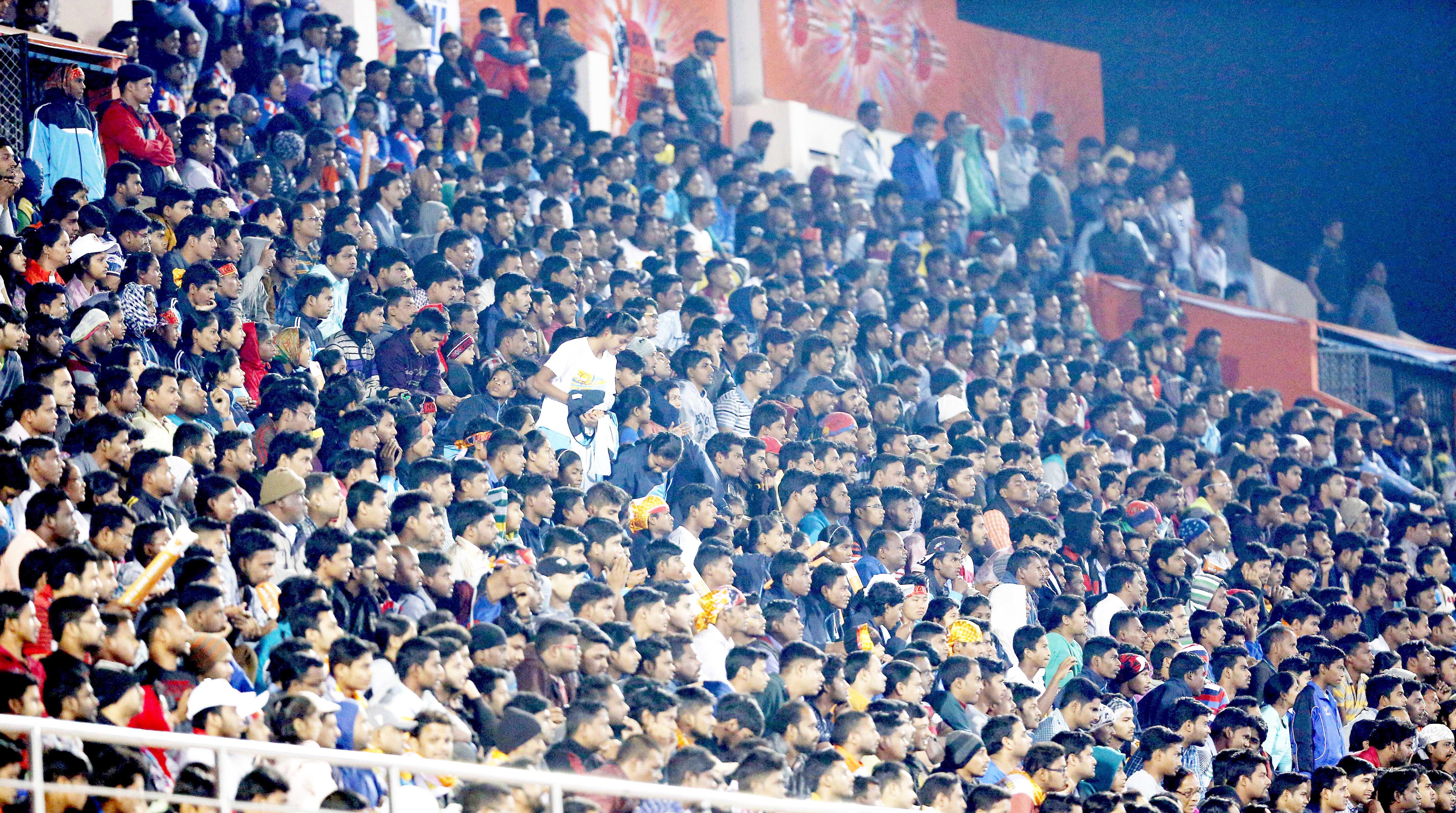
Bhubaneswar JR WC will miss the buzz of mass presence, as spectators are not allowed now
There were quantum leaps at senior level in terms of the Hockey World League bronze medal in 2015 at Raipur and the Champions Trophy silver medal at London 2016 that firmed up the challenge for a medal at the Rio Olympics later that year. However, a quarterfinal place was all that the team could achieve after a 1-3 defeat to Belgium, the eventual silver medallists.
At Lucknow, however, an epoch was rewritten and it came in the form of the country’s second Junior World Cup title after a 2-1 win over Belgium in the final.
It shaped the country’s challenge for the following years as stars such as Harmanpreet Singh, Simranjeet Singh, Mandeep Singh and Varun Kumar, to name a few, lit up the Indian firmament so desperately in the need of stars.
Another silver medal, at the concluding edition of the Champions Trophy in Breda the Netherlands in 2018 reflected a new found verve and energy in the Indian team influenced by the finds of Lucknow 2016.
Despite the failure to retain the gold medal at the 2018 Jakarta Asian Games after a traumatic tie-breaker loss to Malaysia in the semi-finals – the bronze medal not quite bringing cheer – there was much hope for a medal at the World Cup in Bhubaneswar a few months later.
However, the team couldn’t cross the quarterfinal hurdle again, losing to the Netherlands 1-2 and eventually finishing sixth.
Impressive performances in the second FIH Pro League where the team, making its debut in the competition, eked out splendid wins over Belgium and Australia.
The resilience shown in the wake of the Covid pandemic that ravaged sports made India a serious medal prospect at the postponed 2020 Tokyo Olympics.
It came to pass. India won a medal – a bronze – after 41 years, sparking a revival of the troubled sport often touted as the National Game. It also propelled the country to third in the FIH rankings – an astonishing surge from double digits not so long ago.
At the centre of it all, of course, was a core group that coalesced at Lucknow as under-21s.
These unassuming players promised much for the future, justified the faith at Tokyo and breathed fresh air into Indian hockey for the challenges ahead that will culminate in Paris 2024 where a step up the Olympic podium is Indian hockey’s great big aim.

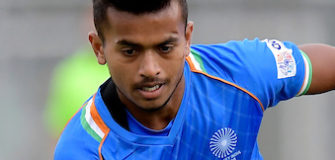

Very interesting